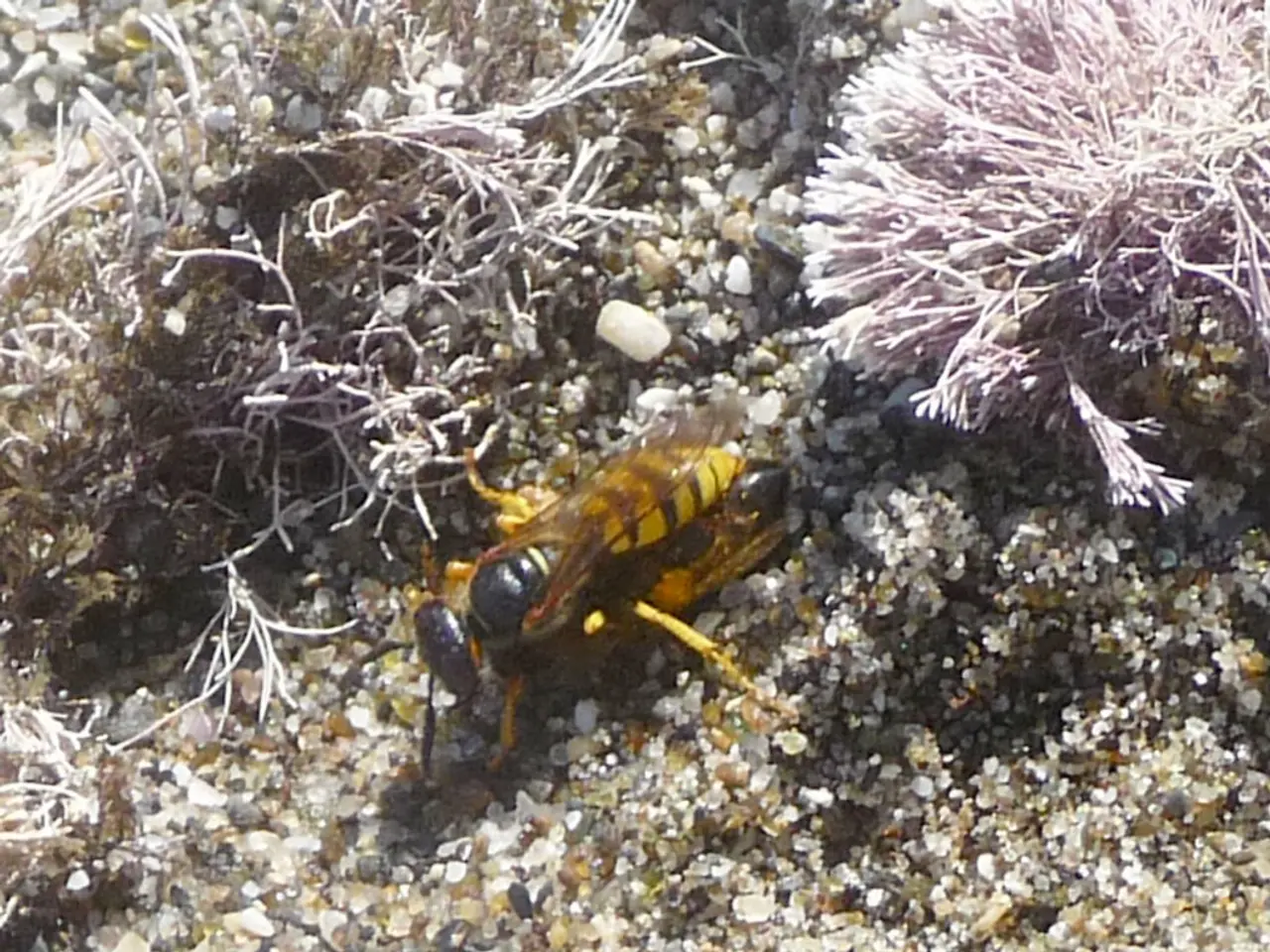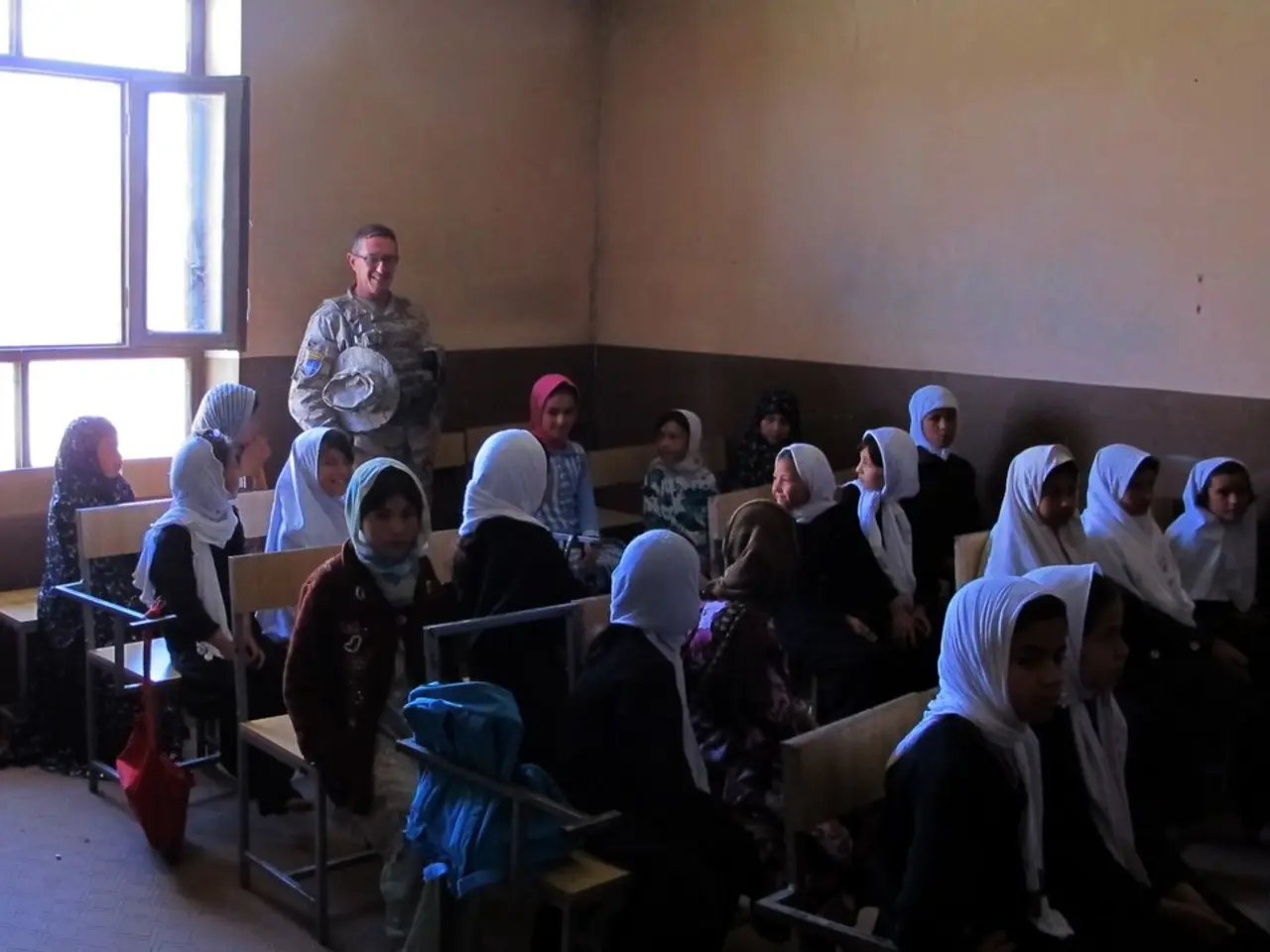Extreme Negativity Proliferating Across Lower Saxony
In Lower Saxony, Germany, experts are expressing growing concern over the increasing presence of the Asian Hornet (Vespa velutina), an invasive species known for its threat to local bee populations.
The Asian Hornet, often mistaken for the ecologically valuable European Hornet (Vespa crabro), forms larger colonies and has few natural enemies. This invasive species has been reported in parts of Europe, including Germany, and its numbers in Lower Saxony have been on the rise.
In 2023, there were only isolated reports of the Asian Hornet in Lower Saxony, but in 2024, over a hundred sightings were recorded. The Lower Saxony State Office for Water Management, Coastal Protection and Nature Conservation has been keeping a close eye on this trend.
The European Hornet, on the other hand, plays a crucial role in controlling populations of various insects and contributes to pollination. However, due to its resemblance to the Asian Hornet, it is often overlooked and mistakenly protected, which could have serious consequences.
To combat the rising Asian Hornet population, control measures such as monitoring and early detection, public awareness campaigns, and nest destruction by authorized personnel are commonly employed. The Nature Conservation Association of Lower Saxony is urging citizens to report any hornet sightings to help in early detection and better data collection. Photographs of the sightings are encouraged.
The current situation in Lower Saxony might be experiencing the longest summer phase of the year, but the exact impact of this on the hornet population remains unclear. The long summer phase, however, could potentially provide favourable conditions for the Asian Hornet's growth.
The goal is not only to learn more about the spread of the Asian Hornet but also to strengthen protection for the native European Hornet. To obtain precise and up-to-date statistics and control programs specifically for Lower Saxony, one would typically consult local agricultural or environmental authorities, such as Lower Saxony's Ministry for Food, Agriculture and Consumer Protection or regional environmental agencies.
- The Asian Hornet, an invasive species causing concern in environmental-science circles, has been mistaken for the European Hornet, an ecologically valuable insect that plays a crucial role in controlling pest populations and contributing to pollination.
- The increasing presence of the Asian Hornet in Lower Saxony, Germany, has raised political debates, necessitating increased funding for science-based climate-change and environmental-science research to better comprehend and combat the species' spread.
- As the general-news media coverage of the Asian Hornet's proliferation in Lower Saxony continues to escalate, citizen participation in reporting sightings to authorities like the Nature Conservation Association of Lower Saxony becomes increasingly vital for early detection and successful data collection.






